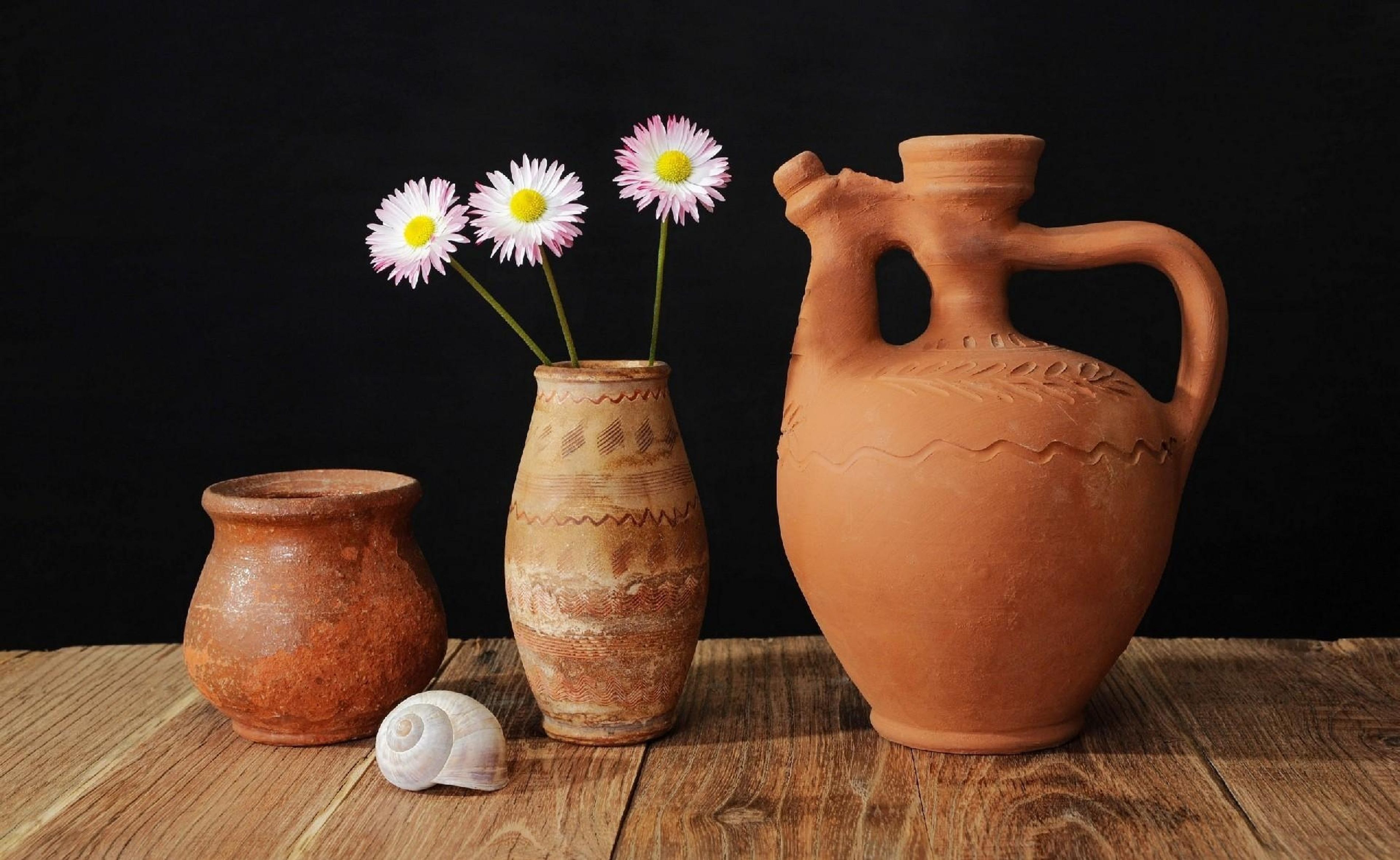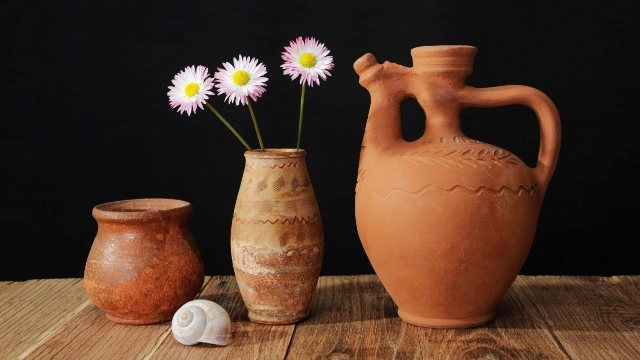
Pottery is an ancient art form that transcends time and culture, embodying both utilitarian purpose and aesthetic beauty. From the very first clay vessels crafted by early civilizations to the contemporary masterpieces gracing modern homes, the journey of pottery is a testament to human creativity and craftsmanship. Each piece tells a story, connecting the past with the present through the skilled hands that mold it.
At the forefront of this artistic evolution is Amitābha Studio, a haven for pottery enthusiasts and collectors alike. Specializing in lamps that are not just functional but also unique, Amitābha expertly transforms antique and vintage Delft, as well as other exquisite Dutch and Belgian pottery, into one-of-a-kind works of art. These lamps offer a glimpse into the rich heritage of pottery, celebrating the intricate designs and history of the materials used, while illuminating spaces with their warm glow and captivating presence.
The History of Delft Pottery
Delft pottery, known for its distinctive blue and white designs, has a rich history that dates back to the 16th century in the Netherlands. It began as an imitation of Asian porcelain, which was highly prized and sought after in Europe. Dutch potters experimented with local clay and techniques, leading to the development of a unique style that combined European artistry with the traditional motifs of Chinese ceramics. This blend produced an iconic style that captured the hearts of collectors and decorators alike.
Antique Lamps
As the 17th century progressed, Delft became a thriving center for pottery, with many workshops blossoming in the region. These potteries flourished due to the burgeoning trade and the popularity of Delftware among the wealthy elite. Artisans began to create a wide range of items beyond just plates and vases; they produced tiles, figurines, and even household wares, all characterized by intricate hand-painted designs. The vibrant colors and detailed landscapes became synonymous with Dutch culture, symbolizing both craftsmanship and artistic expression.
By the 18th century, Delft pottery faced increasing competition from cheaper German porcelain, yet it continued to evolve. Potters began to innovate with different styles and techniques to maintain their market presence. The introduction of new colors and forms added to the charm and complexity of Delft pottery. Today, antique and vintage Delft pieces are highly collectible, serving not only as functional items but also as artistic masterpieces, cherished for their history and the skilled workmanship involved in their creation.
The Craftsmanship Behind Amitābha Studio
Amitābha Studio stands out in the world of pottery not only for its exquisite designs but also for the meticulous craftsmanship that goes into each piece. The artisans at the studio possess a deep understanding of materials and techniques that have evolved over centuries. Their dedication begins with the careful selection of antique and vintage Delft pottery, ensuring that each item carries with it a story and history. This selection process is crucial, as it forms the foundation upon which the unique lamps are built.
The transformation of these vintage pieces into striking lamps is a labor of love. Every lamp is designed with a keen eye for detail, marrying tradition with innovation. Artisans often spend hours refining their designs, combining different elements of the antique pottery with modern lighting techniques. This blend of old and new not only preserves the exquisite craftsmanship that Delft pottery is known for but also adds a contemporary touch that appeals to today’s collectors and design enthusiasts.
Finally, the finishing touches applied to each lamp highlight the artistry of the studio’s craftsmen. From hand-painting to carefully chosen shades, every aspect of the lamp is thoughtfully considered. This attention to detail ensures that no two lamps are alike, making each piece a true one-of-a-kind work of art. The craftsmanship at Amitābha Studio not only honors the rich traditions of pottery but also creates functional pieces that illuminate and enhance any space.
Transforming Antiquity into Art
The journey of pottery transcends mere functionality, evolving into a canvas for artistic expression. Amitābha Studio embraces this philosophy by breathing new life into antique and vintage Delft pottery. Each piece of pottery carries with it a rich history and a story of craftsmanship that has endured through centuries. The studio’s commitment to repurposing these unique ceramics allows for a celebration of the past while inviting a modern interpretation of their beauty.
At Amitābha Studio, the transformation process is meticulous and considered. Craftsmen carefully select each antique and vintage piece, assessing its condition and historical significance. The studio’s skilled artisans then reimagine these ceramics into exquisite lamps that serve as both functional lighting and stunning art pieces. This process not only enhances the aesthetic appeal but also preserves the cultural heritage embedded within every shard of clay.
This dedication to transforming antiquity into art ensures that each lamp is truly one-of-a-kind. The interplay of classic designs and modern functionality creates a delightful juxtaposition that captivates collectors and enthusiasts alike. By merging history with contemporary artistry, Amitābha Studio not only honors the legacy of Dutch and Belgian pottery but also contributes to the ongoing narrative of pottery as a timeless art form.
The Unique Charm of Vintage Lamps
Vintage lamps possess a distinctive allure that sets them apart from contemporary lighting options. Each piece tells a story, often reflecting the craftsmanship and design sensibilities of a bygone era. Collectors and enthusiasts are drawn to the character and history embedded in these lamps, making them not just functional objects but also cherished keepsakes. The use of antique and vintage Delft pottery by Amitābha Studio transforms each lamp into a unique work of art that resonates with both nostalgia and elegance.
The intricate patterns and vibrant colors found in vintage Dutch and Belgian pottery contribute to the charm of these lamps. Each lamp showcases exquisite craftsmanship that highlights the skill and dedication of artisans from the past. These detailed designs create visual interest, drawing the eye and serving as conversation starters in any space. As a result, vintage lamps often become focal points, adding depth and personality to home decor.
Sourcing these unique pieces requires a keen eye and appreciation for the subtle differences that define vintage pottery. Amitābha Studio excels in selecting lamps that celebrate the beauty of these materials while successfully marrying functionality with art. The result is a collection of lamps that not only illuminate a room but also express individuality and style, inviting those who encounter them to appreciate the artistry of pottery in a fresh, vibrant manner.
Sustainable Practices in Pottery
Sustainability in pottery is gaining significant attention as artists and consumers alike seek to minimize their environmental footprint. One approach to sustainability is the use of recycled materials. Potters are increasingly incorporating broken pottery shards, glass, and other waste products into their creations. This not only reduces landfill waste but also adds a unique aesthetic value to each piece, making them truly one-of-a-kind. Amitābha Studio exemplifies this practice by sourcing antique and vintage Delft pottery, giving new life to materials that carry rich histories while promoting environmental responsibility.
Another crucial aspect of sustainable pottery is water conservation. Traditional ceramic processes often consume large amounts of water, but many modern potters are adopting innovative techniques to mitigate this issue. By recycling water within their studio environments and using low-water glaze application methods, potters can significantly decrease their water usage. This results in a more eco-friendly production process, allowing artisans to create beautiful lamps without excessive water waste.
Finally, energy efficiency plays a vital role in sustainable pottery practices. Many potters are exploring alternative firing methods, such as using solar kilns and reducing fuel consumption through improved kiln designs. Transitioning to electric or hybrid kilns can also minimize the reliance on fossil fuels. Amitābha Studio, with its commitment to excellence, is likely employing such practices to ensure that the artistry of their unique lamps not only honors the tradition of potterymaking but also respects the planet.
